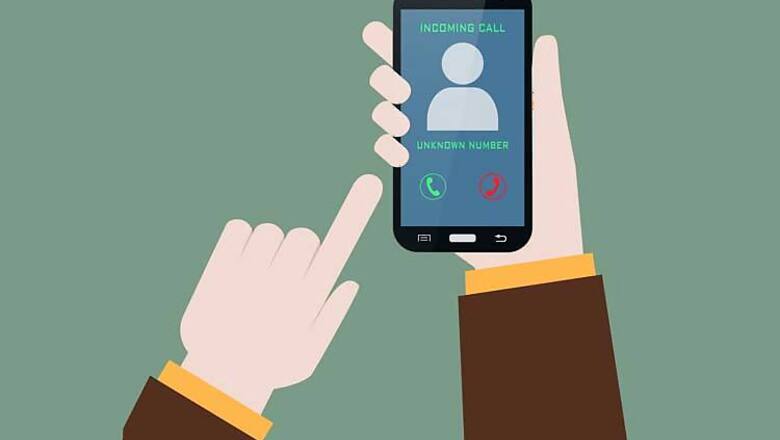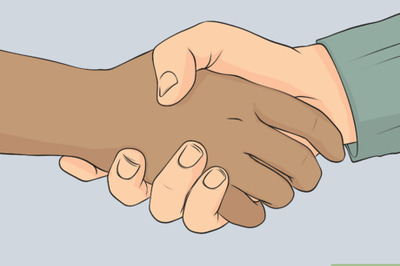
views
New Delhi: You dial-a-pizza, talk to your family, or ring up that old friend who’s now in another country; but every time you do so with your phone, do you know what all goes behind that simple input of numbers and in a matter of seconds you are able to listen to the voice of the person at the other end with little or no glitch? They sound exactly the same, as if they are standing in front of you, just not visible (unless you are making a video call). What makes all this possible?
Your phone is not just a box of good camera and faster processors with latest operating systems in it. It is more like a sophisticated version of the good old radio, yes, a radio - only a tad too portable - that lets you make or receive calls without any wires or visible connections.
When we say a radio, it essentially means a two-way radio where two people can speak at the same time, put one call on hold, or even make a third call within the running call (call conferencing). All this is made possible due to the complex yet fast system that go behind every single call you make or take.
Once you dial a number and hit the call button, your phone network connects to the nearest Base Transceiver Station – BTS (tower) in order to get the best possible connection out of different control channels and determine the strongest available signal. These towers are connected to Mobile Switching Centre (MSC) which is responsible for switching the call to the subscriber.
Once your phone picks the strongest signal, it sends an origination message (which are electronic signals of about ¼ second in length) which includes its MIN - mobile identification number - which is your mobile number along with the ESN - Electronic Serial Number, and the number that you have just dialed.
This is followed by a one crucial element - verification of the details. There are two types of servers: Home Location Register (HLR) - server that stores the details of all the subscribers permanently and the Visitor Location Register(VLR) - server that stores the details of the visiting subscribers.
The MSC sends a request to the HLR to check the information about the caller, such as account balance, area of calling, live status, etc. Upon confirmation, the acknowledgement is given to the centre and the next step follows. If the information isn't verified, for example - low balance in prepaid connection then the call gets disconnected.
If the information is verified and acknowledgement is made, the MSC then sends a request to the VLR to check details of the called party (the receiver). Whether both the caller and the receiver come under the same MSC or different MSC, the verification is done by the HLR and acknowledged.
After your network operator verifies that you are among its customers based on the origination message, the base station sends a channel assignment message to the cellular phone (another ¼ of a second in length), telling your device where the conversation will be.
Your mobile phone then tunes into that assigned channel and the call begins.
This entire sending, confirming, and receiving of data happens in those few seconds when you dial a number and hear the ringing or busy signal till the person on the other end picks up your call.
Once the call is disconnected, the billing is made over the billing server that is present in the HLR.
So the next time you ring up your friend and wonder why it is taking so long to connect, consider one of the servers trying hard to locate and verify the details. Or maybe because the network is congested.


















Comments
0 comment